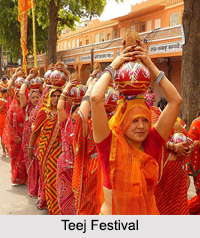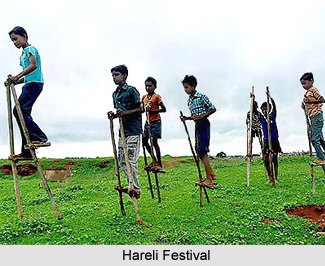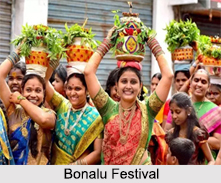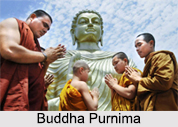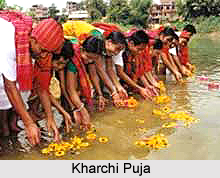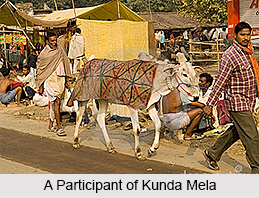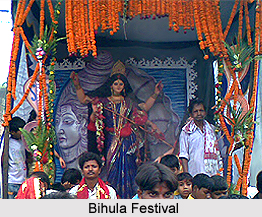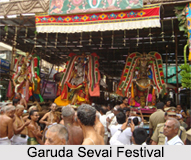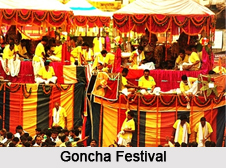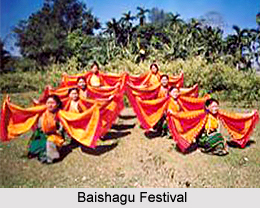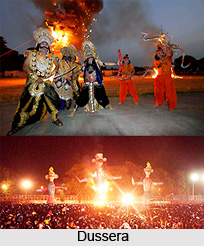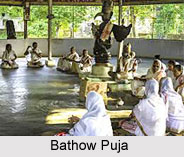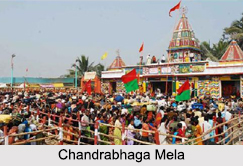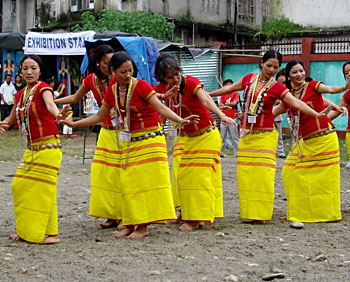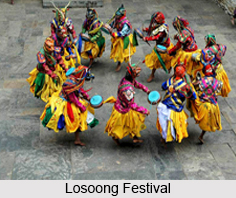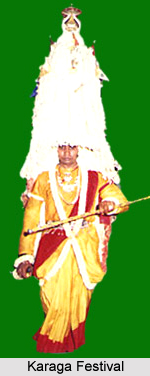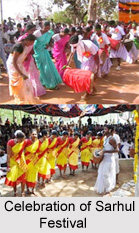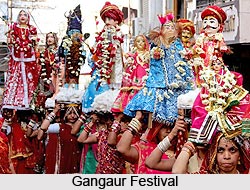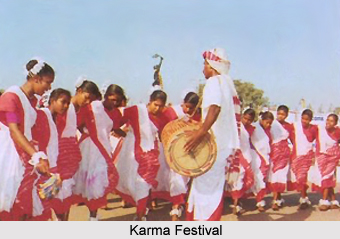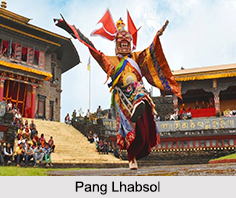 Pang Lhabsol is a unique festival of Sikkim. It is celebrated to offer thanks to Mount Kanchenjunga, the guardian deity of Sikkim and to Yabdu, the supreme commander of Mount Kanchenjunga to continue protecting Sikkim. It is believed that the mountain God played an active role in introducing Buddhism into this former kingdom. The festival is celebrated on the 15th day of the 7th month of the Tibetan calendar corresponding to late August or early September.
Pang Lhabsol is a unique festival of Sikkim. It is celebrated to offer thanks to Mount Kanchenjunga, the guardian deity of Sikkim and to Yabdu, the supreme commander of Mount Kanchenjunga to continue protecting Sikkim. It is believed that the mountain God played an active role in introducing Buddhism into this former kingdom. The festival is celebrated on the 15th day of the 7th month of the Tibetan calendar corresponding to late August or early September.
Rituals of Pang Lhabsol
During the festival, a dance is staged in front of the Tsuk-La-Khang Monastery in the former palace compound in Gangtok. A week before the dance actually takes place; the lamas of Pemayangtse Monastery start prayers at Tsuk-La-Khang. The prayers are offered to invoke Kanchenjunga and Yabdu for peace and prosperity.
Celebration of Pang Lhabsol
The essence of the dance is the war-like costumes of the dancers, the pomp and the pageantry. Kanchenjunga is represented in demonic form, wearing a red mask surmounted by flags, human skulls, and an apron over his brocaded robes on which is appliqued a fierce face. The God is accompanied by his supreme commander "Yabdu" wearing a black mask and attended by warriors in the ancient uniform of battle with helmets decorated with flags, bracelets, boots, swords, shields and daggers. At the dramatic moment during the dance, Lord Mahakala makes his appearance. He shouts of victory greet in his appearance, as it is he who commands the God Kanchenjunga, to defend the faith and bring peace and prosperity to the people.
Apart from the religious significance of the warrior dance, it was devised as combat exercises to be performed by the youth of the elite of Sikkim. Participants in this dance need to be physically strong with swift reflexes and should have skill in swordsmanship. The dancers are thus required to prepare for the dance by keeping themselves in seclusion for about 15 days prior to the festival, to keep themselves pure as demanded by custom.
This dance was initiated by Chakdor Namgyal the third consecrated ruler of Sikkim. The festival also marks the commemoration of blood brotherhood sworn between the Lepchas and the Bhutias at Kabi in the 15th century.
